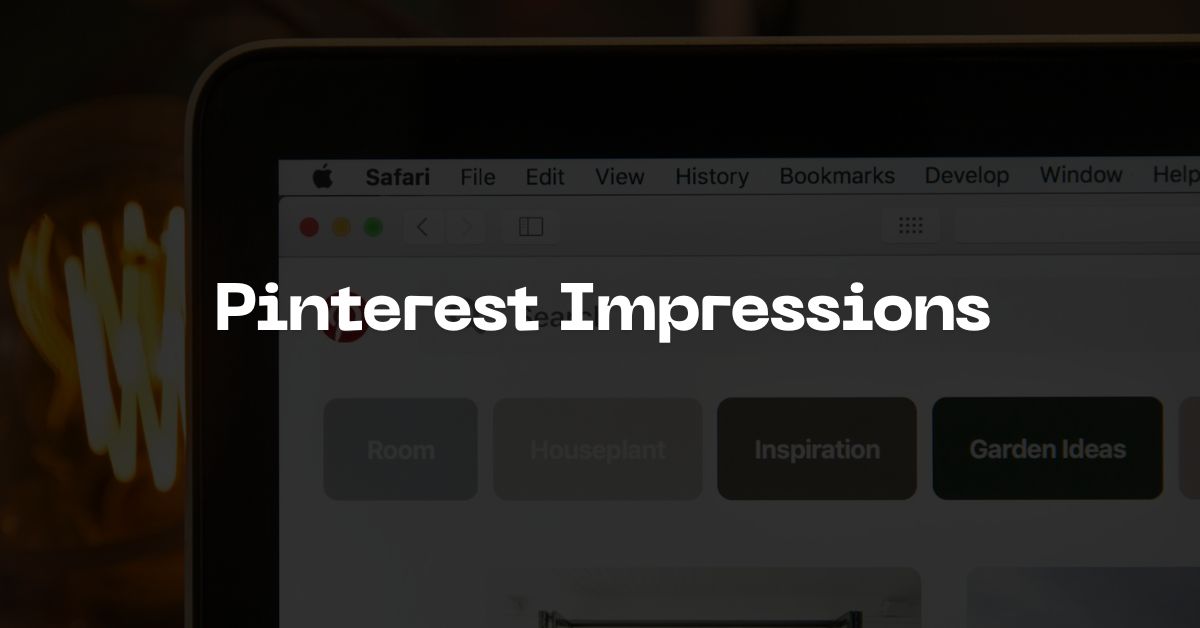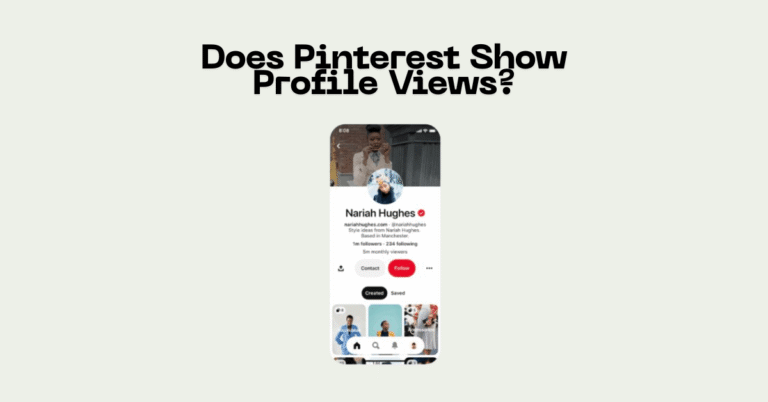
If you’re new to the visual-centric app, you’re facing a sea of new metrics: Pinterest Impressions, Pin clicks, Profile Views, Saves, Outbound clicks, and Engagements.
For brands just starting on the platform, knowing which Pinterest analytics to track can be tricky. One of the most prominent numbers you’ll see is “impressions.”
It’s a flashy number, but what does it mean? And is it the key to your success?
What Are ‘Impressions’ on Pinterest?
Pinterest describes impressions as: “The number of times your Pins or ads were on screen.”
It’s not a complicated metric. This data shows how many times your content has appeared in someone’s home feed, “for you” page, explore page, and search results.
Here’s a simple example: If Rob, your favorite Pinterest user, is scrolling through his feed, your pin has to be in his view on mobile or desktop to count as an impression. He doesn’t have to stop, look at it, or take any action. The fact that it was “on screen” is enough.
For business accounts, you can find Pinterest impressions data by clicking on each individual Pin or by viewing your overall impressions in the analytics tab in your menu.
Do Pinterest Impressions Matter?
The answer is yes… and no. First, here’s why you should be tracking them.
To Increase Brand Awareness
This is the most obvious reason. If one of your main goals is to build brand awareness, you need to understand how many pinners could potentially see your content. Are you visible? Are your pins showing up in search-related queries? If you’re not showing up in feeds, you have no chance of increasing brand awareness.
For A/B Testing
Pinterest Impressions are a key indicator for testing your content strategy. A low impression count is one of the clearest signs that you’re not including the right search terms in your Pin titles and descriptions. On the other hand, what if your Pin has a ton of impressions but receives no clicks? This tells you that your keywords might be off, or the image itself isn’t enticing enough. You can use this to A/B test your content.
Why Impressions Aren’t Everything
While Pinterest impressions are a useful diagnostic tool, they are not the focus of your Pinterest strategy.
Why? Because you can’t monetize impressions.
And they are not an effective way to gauge actual growth.
Billions of people can view your Pin but not take any action on it. If your business’s priorities are tied to profitability, such as an e-commerce business, you need to look deeper. In fact, if your Pin is getting low impressions but high click-through rates, don’t mess with it! That Pin is doing precisely what it should.
How to Get More Impressions
If you’re stuck with low Pinterest impressions and you’re ready to grow, here are a few tips to implement.
Start Posting and Be Consistent
Like any other social network, you need to be consistent. But you also need to be realistic. Can you achieve one post or two a week? We recommend you set aside dedicated time each month to plan all your social media content (from creation and keyword research to writing captions and scheduling). Pinterest has a built-in scheduling feature, so you don’t have to post live every week.
Focus on Quality Over Quantity
Yes, the more Pins you post, the more impressions you’ll get. However, create high-quality Pins that strategically include keywords related to your industry. You will gain more long-term benefits than posting average-quality Pins that serve no purpose.
Master Pinterest SEO
Pinterest SEO is the key to organic growth. A low impression count indicates that your keywords are incorrect. You need to use Pinterest trend data to identify what terms people are searching for. You should aim to use a mix of short- and long-tail keywords in your Pin titles and descriptions, as this is critical to success.
Impressions are a fancy number to boast about, but they are not the sum of your success. They are a diagnostic tool that tells you if you’re visible. The real work is in converting that visibility into clicks, engagement, and results for your business.

